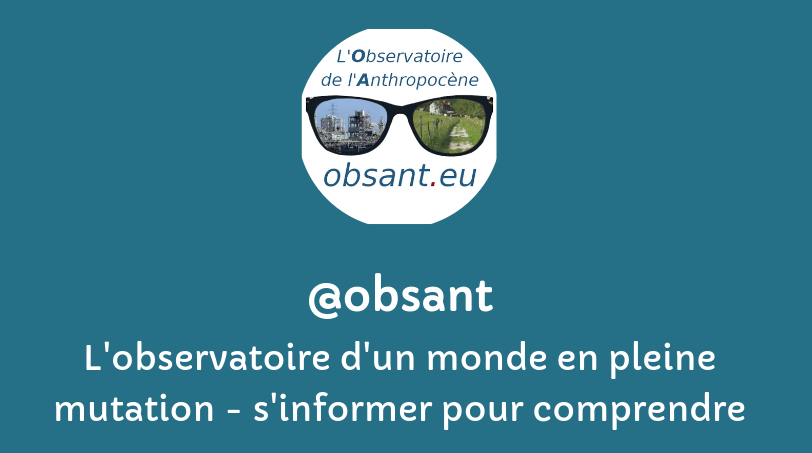filtre:
Ipcc
2025
This article examines the technocentric bias that characterizes climate mitigation literature, focusing on the reports of the IPCC's Working Group III. This bias stems from structural features of the scientific field that prioritizes innovation, leading to the overrepresentation of technological solutions in climate research. Funding mechanisms further reinforce this tendency by incentivizing collaboration with industrial R&D, creating a self-reinforcing loop in which scientific authority and industrial interests converge. The IPCC's institutional positioning—as a policy-relevant yet politically cautious body—amplifies this dynamic by favoring allegedly “cost-effective” technological pathways that lack practical feasibility.
Climate sensitivity is substantially higher than IPCC’s best estimate (3°C for doubled CO2), a conclusion we reach with greater than 99 percent confidence. We also show that global climate forcing by aerosols became stronger (increasingly negative) during 1970-2005, unlike IPCC’s best estimate of aerosol forcing. High confidence in these conclusions is based on a broad analysis approach. IPCC’s underestimates of climate sensitivity and aerosol cooling follow from their disproportionate emphasis on global climate modeling, an approach that will not yield timely, reliable, policy advice.
In a rapidly changing climate, evidence-based decision-making benefits from up-to-date and timely information. Here we compile monitoring datasets (published at https://doi.org/10.5281/zenodo.15639576; Smith et al., 2025a) to produce updated estimates for key indicators of the state of the climate system: net emissions of greenhouse gases and short-lived climate forcers, greenhouse gas concentrations, radiative forcing, the Earth's energy imbalance, surface temperature changes, warming attributed to human activities, the remaining carbon budget, and estimates of global temperature extremes. This year, we additionally include indicators for sea-level rise and land precipitation change. We follow methods as closely as possible to those used in the IPCC Sixth Assessment Report (AR6) Working Group One report.
Global temperature for 2025 should decline little, if at all, from the record 2024 level. Absence of a large temperature decline after the huge El Nino-spurred temperature increase in 2023-24 will provide further confirmation that IPCC’s best estimates for climate sensitivity and aerosol climate forcing were both underestimates. Specifically, 2025 global temperature should remain near or above +1.5C relative to 1880-1920, and, if the tropics remain ENSO-neutral, there is good chance that 2025 may even exceed the 2024 record high global temperature.
2024
Figure TS.15 | Contribution to (a) effective radiative forcing (ERF) and (b) global surface temperature change from component emissions for1750–2019based on Coupled Model Intercomparison Project Phase 6 (CMIP6) models and (c) net aerosol ERF for 1750–2014 from different lines of evidence.
2023
GIEC rapport - Changements climatique 2021 - rapport technique du 6ème rapport du GIEC du groupe 1 - en français
Blijven we de urgentie van de klimaatcrisis minimaliseren? Of erop antwoorden met een cynisch ‘niet wij, niet hier, niet nu’? Die reacties geven in elk geval geen vertrouwen dat politici zullen doen wat nodig is, schrijft MO*columnist Jan Mertens. ‘Een mens zou van minder hysterisch worden.’
As an average citizen of the United States, one with no particular power over our political trajectory beyond my ability to vote and encourage others to vote, I have very little say in how our descent into a hotter, resource-depleted world will play out. This contrasts with how much I worry about that impending descent, its impact on my children and grandchildren, and its deep implications for the future of humanity writ large.
Op woensdag 26 juni werd Jim Skea verkozen tot nieuwe voorzitter van het IPCC, een organisatie van de Verenigde Naties die de risico’s van de klimaatcrisis evalueert. Wat is zijn visie? ‘Elke fractie van een graad maakt een verschil. Dat moeten we onthouden.’
A novel tool for flexible spatial and temporal analyses of much of the observed and projected climate change information underpinning the Working Group I contribution to the Sixth Assessment Report, including regional synthesis for Climatic Impact-Drivers (CIDs).






